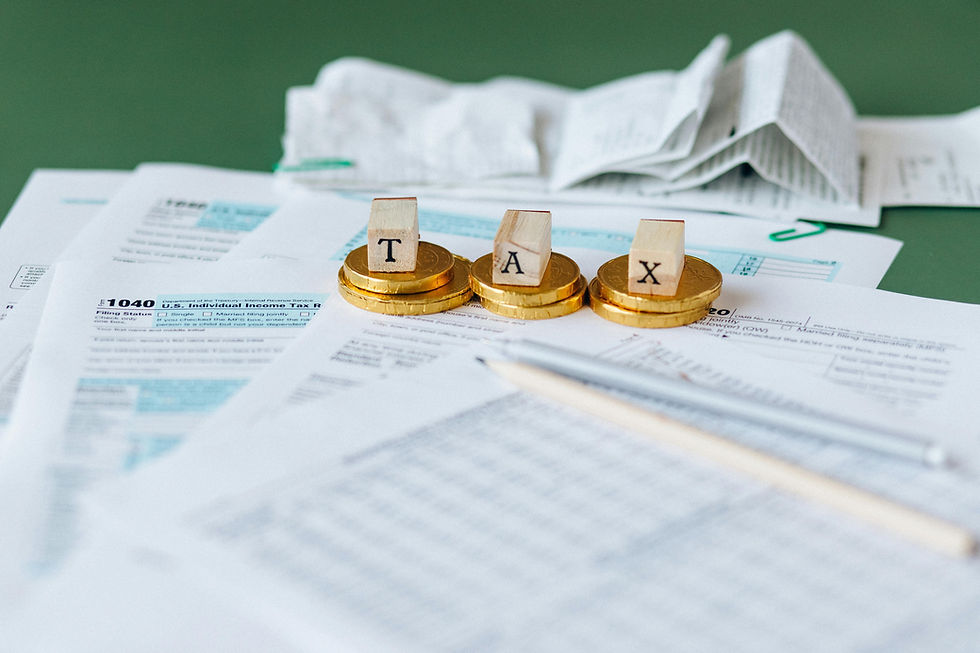Scarcity and its Effects on Decision-Making
- Param Vastani
- Oct 9, 2024
- 3 min read

By Param Vastani
Scarcity is the most basic problem of Economics. The amount of resources with us are limited and our needs are unlimited. For example, the demand for concert tickets is very high, more than the tickets available, leading to high prices and black marketing to make profits. The most recent example is the ColdPlay concert. If we want to have more of something, we have to have less of another thing. This in economics is called Opportunity Cost: The value of the next best alternative. Therefore, we have to decide what resources to spend to fulfill which one of our needs. In this article, I cover the effects of scarcity, through the central problems of an economy and its effects on economic activities . An analysis of how two economic systems, a Market Economy (Capitalist) and a Centrally-Planned Economy (Socialist) deal with these problems.
What and how much to produce
The name is self-explanatory. The limited resources can be allocated among various alternatives in different quantities. For example, a farmer’s resources are his land, labor and capital which he can use to produce different options, say apples and peaches, in different quantities. He chooses whether to produce more apples and less peaches, or more peaches and less apples, but he cannot produce unlimited amounts due to there being limited resources. In a Market Economy, the market mechanisms of supply and demand solve this problem. If the demand of something is greater than the supply, its price rises. The rise in price indicates to the producer to make more of that thing, and similarly a fall in price indicates to make less of it. This isn’t the case in a centrally planned economy. A central authority decides what to produce and fixes its prices, eliminating the effect of market mechanisms. The producer doesn’t have the price indicator as in a Market Economy, which might lead to resources being allocated in the wrong place or wrong quantities.
How to Produce
The producer decides which resources to use, and how to produce goods. He may use labor for this or if he has enough capital, use machinery. He decides according to the availability of these factors. If there is a scarcity of resources, more labor intensive work will have to be carried out. In a Market Economy, separate private entities individually control the resources and take decisions on their own while in a Centrally Planned one, the government collectively controls and decides on the resources.
For whom to produce
This is the problem of distribution. It is how the goods will be distributed in the economy.
Whether the goods should be distributed to only the productive factors of the economy or should a minimum be ensured for all has to be decided. Sometimes, essential things may not be produced leading to their shortages and problems in giving them to everyone. In a Market Economy, the consumers are those who want to and have enough income to buy goods at their prices. In a Centrally Planned Economy, the government might make arrangements to ensure that essential needs such as education and healthcare are fulfilled for all.
Here, it is seen that the central problems of the economy are solved in different ways to different effects. Ideally, there must be a mixed economy where market mechanisms solve the “What to produce” and a minimum is ensured for all regarding basic needs. From the consumer’s perspective, a consumer has limited income and cannot buy everything he wants. He has to give up things which will give him relatively lesser value and get what he wants the most. He chooses the thing from which he derives the maximum utility. Thus, scarcity affects all economic activities: production, consumption and distribution. There are different methods of solving these problems but the central problems are present everywhere. How to give everyone the fruits of economic activities while generating profits, by successfully allocating resources in the best way remains a huge challenge for an economy.
Bibliography:
https://www.econlib.org/library/Topics/College/opportunitycost.html
Introductory Microeconomics- NCERT



Comments